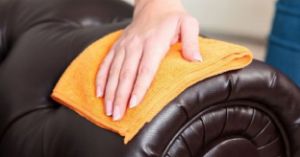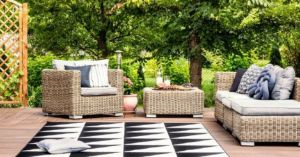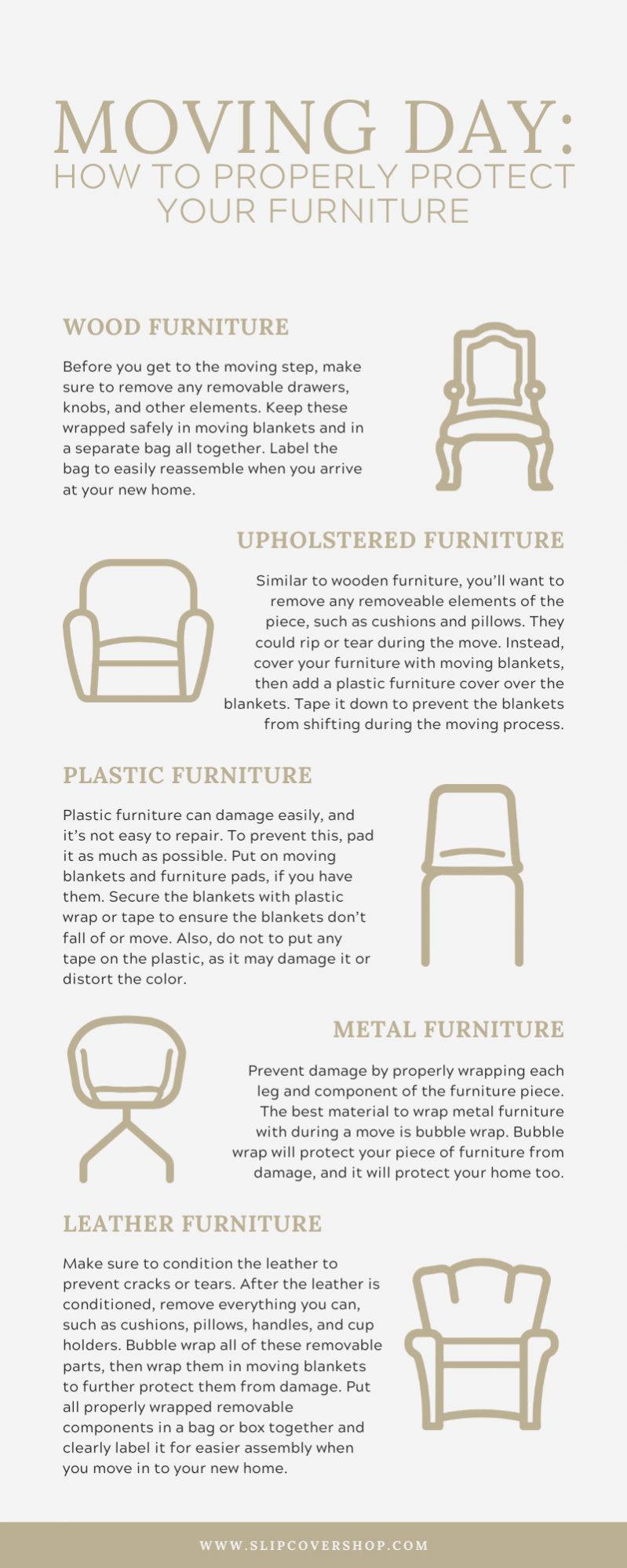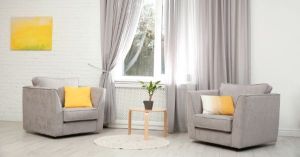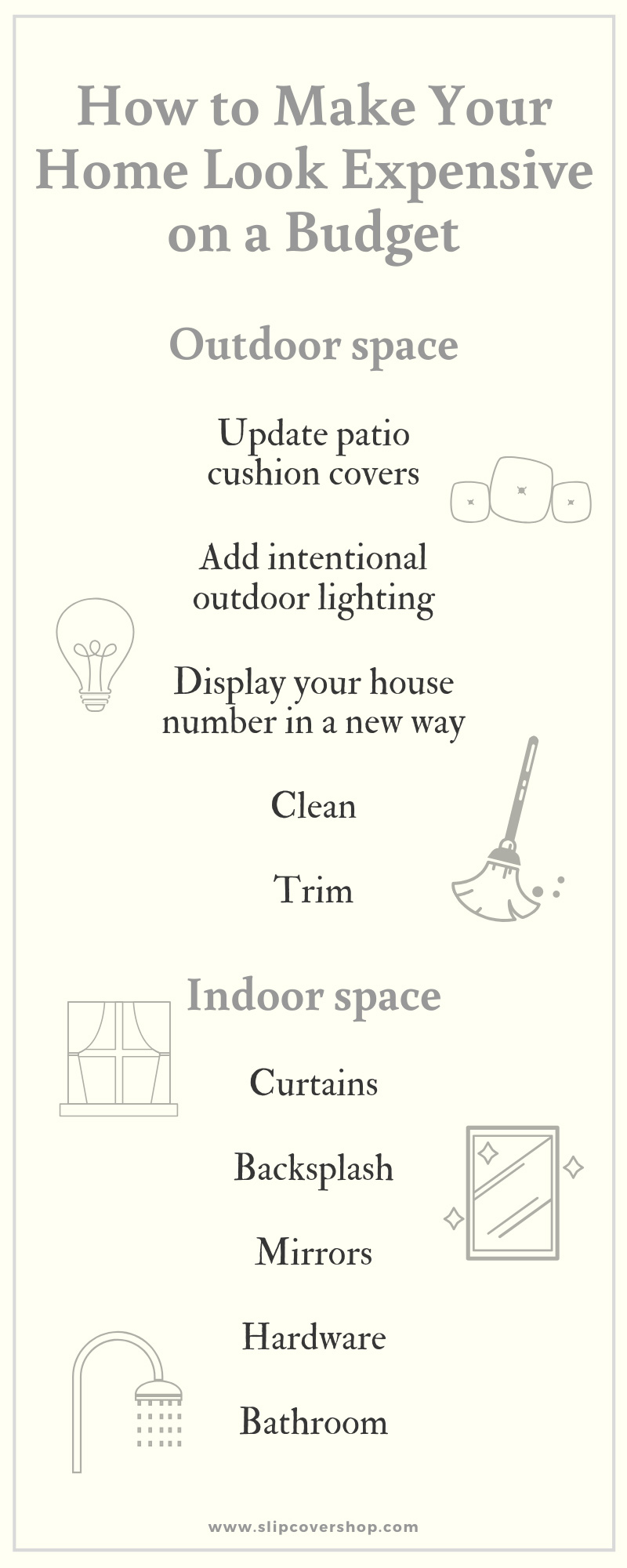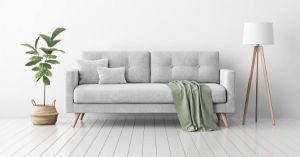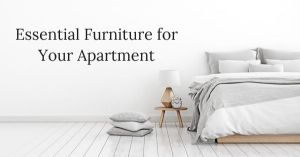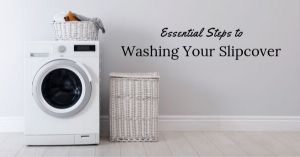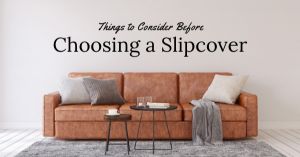Leather furniture has a sleek and timeless look while also boasting both comfort and charm. If properly cared for, leather furniture can last for many years. Luckily, cleaning and maintaining leather furniture is a less cumbersome task than it may seem. There are a few steps to take to properly care for and, ultimately, extend the life of your leather or leather-upholstered furniture. Here are the main steps to properly caring for your leather furniture.
Determine the leather type
Leather type plays a role in how the furniture should be cared for and the care it requires. Different types of leather have differing needs and can handle different cleansers. Here are the types of leather and how to determine your leather furniture’s type of leather.
Unprotected
Unprotected leather is also commonly known as unfinished leather. It is the softer of the two types of leather and is typically more expensive. Unprotected leather is leather that is dyed but there is no surface pigment added. This makes the leather more natural, which makes it more sensitive to stains and marks. To see if your furniture is unprotected leather, feel the surface and inspect the markings. If there are many markings, it’s extremely soft, or there are natural surface grains, chances are you have unprotected leather.
Protected
Protected leather is also commonly known as finished leather. It’s the more durable leather type and is typically more stain-resistant than unprotected leather. Protected leather is the most common type of leather used in furniture upholstery. It’s dyed and then a surface pigment is added for an extra protective layer. This coat is the main difference between unprotected and protected leather. To see if your furniture is protected leather, feel the surface and inspect for markings. If there’s an absence of or very few markings, or the leather is firm or stiff, you probably have protected leather.
Care Tips
Avoid DIY cleaning solutions and instead opt for a dependable formula that’s designed to care for leather furniture. Using too harsh or too mild of chemical compounds could damage and even potentially ruin your leather. To clean your furniture, use a vacuum cleaner with a soft brush attachment—for unprotected leather, be very gentle during this process. For cleaning and stain removal, try a leather cleaner or a mild, unscented body soap, and gently rub the leather with the soap. Then, rinse with a soft microfiber towel. Bonus Tip: Unprotected leather should be cared for simply by wiping with a clean, dry cloth regularly and occasionally with a slightly dampened cloth to avoid damage from harsh chemicals or over-cleaning. If you’re concerned about your leather, you can always invest in replacement slipcovers to mask your nice leather and protect it from scratches, tears, and stains. Our slipcovers come in different shades of leather, so you can keep that classic leather look and feel without worrying about damaging your furniture.

